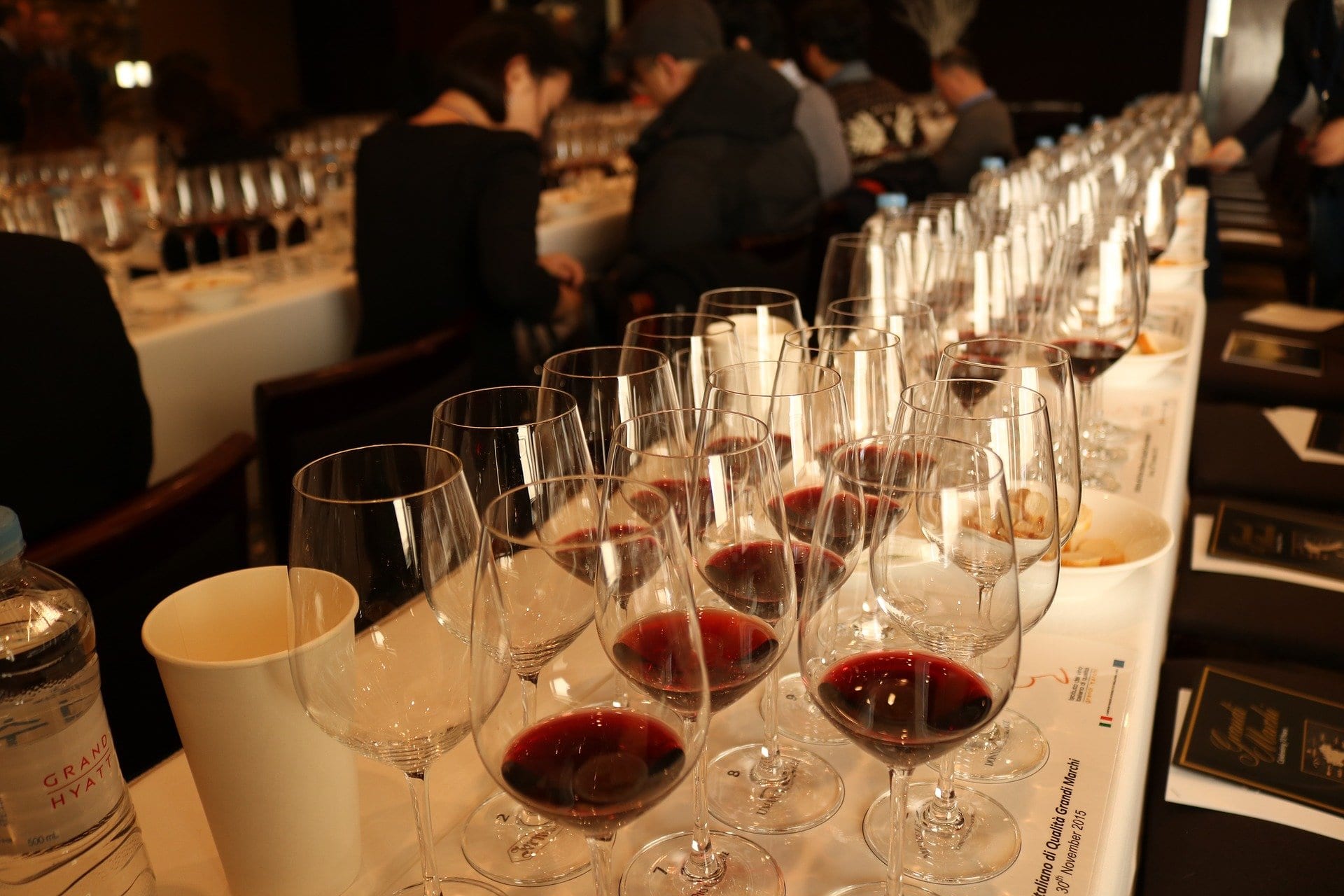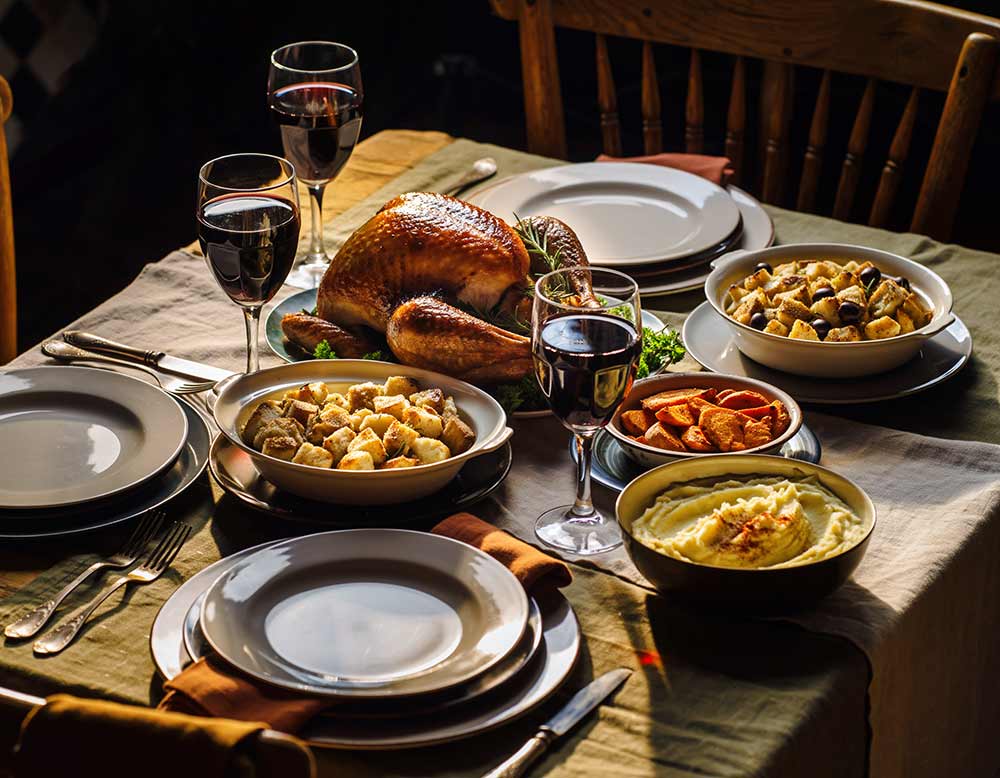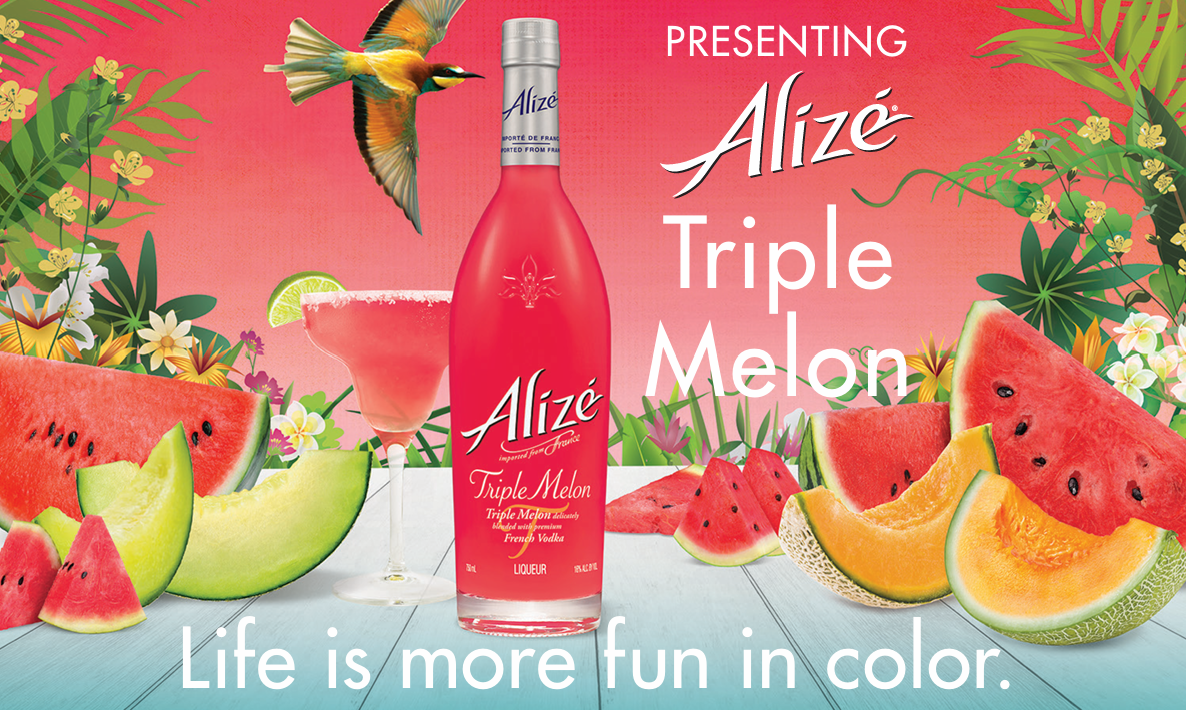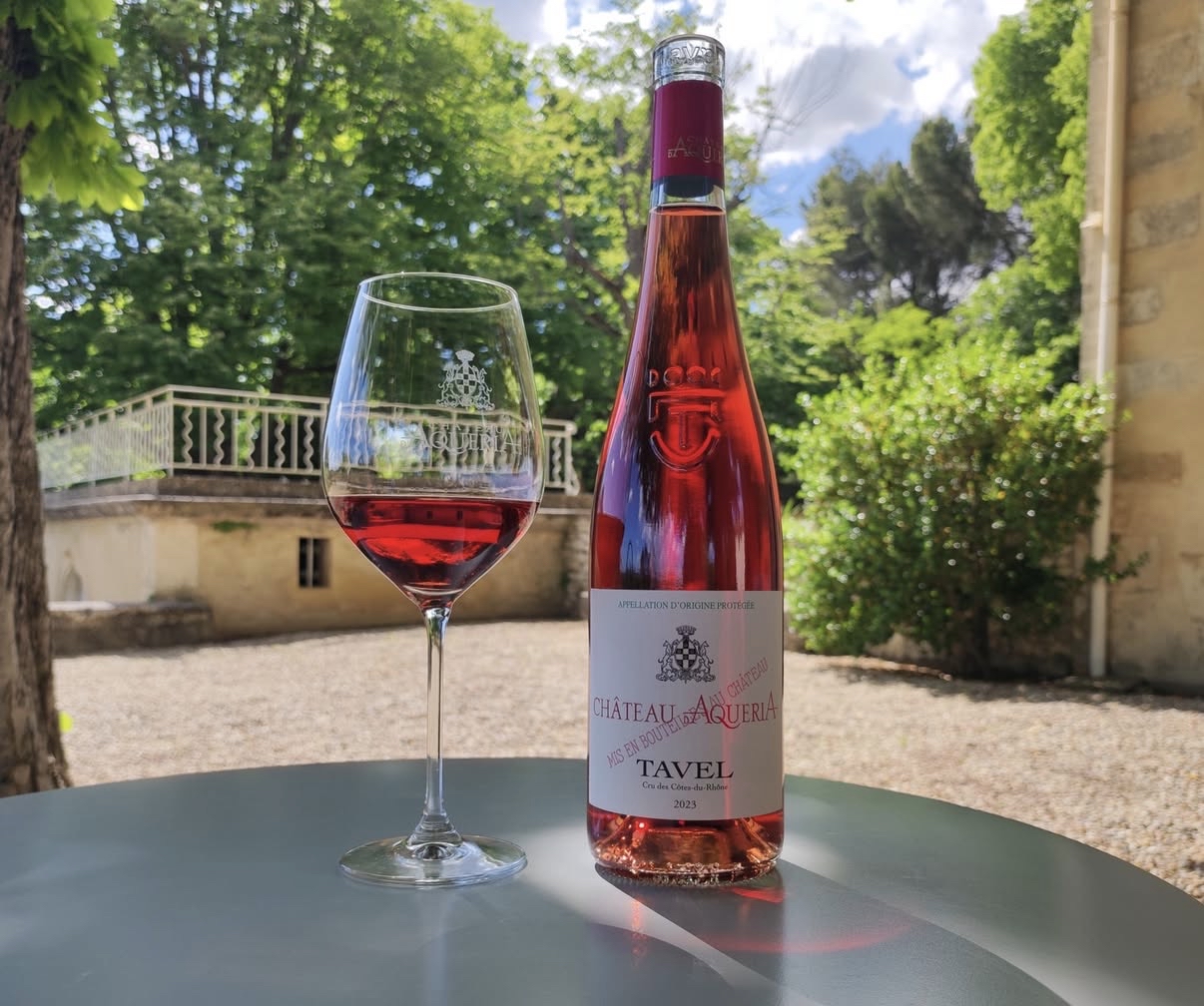Wine tasting is a ton of fun, but understanding the differences between regions is tough. Don’t worry, we have all been there, even after years of tasting wine. If you are looking to learn or expand your wine tasting knowledge, take the initiative and flex those palate muscles with an at-home horizontal tasting with friends! Here’s how to achieve success with tips from wine educators and sommeliers.
How to Do an At-Home Horizontal Wine Tasting
Step 1. Decide the varietal
A horizontal wine tasting evaluates a range of wines from the same vintage, emphasizing the difference between wines. A vertical wine tasting looks at one wine through a range of different years, emphasizing the difference in vintages.
“Horizontal tastings can be educational once you have figured out which grape varietal you like. In the case with Pinot Noir, you can discover the nuances between the Burgundy version, which many consider the benchmark style, and the other key regions from the New World, namely California, Oregon, and New Zealand,” explained Bernard Sun, Kobrand Luxury Accounts Specialist.
First things first: Discuss with your friends which one grape varietal you want to learn more about, such as Pinot Noir. This will showcase how the variations of the region, weather, temperature, and soil can change the experience in your glass. A wine made from a single grape, called a varietal wine, will always have similar characteristics; however, a side-by-side tasting will show the major differences of aromatics and flavor in the glass.
“At the core of every good wine is terroir (pronounced tehr-waar). Terroir defines an area which has a direct impact on the style of that wine. Warmer climates mean riper-tasting fruit. Cooler climates mean higher acidity. Once a wine novice understands this, they can begin to understand and appreciate many different wines and regions,” explains Nicholas Poletto, DWS, CSW, CSS, Kobrand Director of Education.
Taste through each wine recognizing the aromatics and flavors, texture (mouthfeel), acid (cheeks salivating), tannin (dryness in the gums), and flavors (fruit, flowers, vanilla, nuts), and as you move to the next wine each guest will see, smell, and taste the change of the region.
“The differences of Pinot Noir can be very subtle, but one should have mouthwatering crispness (higher acidity) with a Burgundy Pinot Noir versus California’s fruit-forwardness. Oregon and New Zealand will be somewhere in between,” says Bernie Sun.
Step 2. Choose wines from around the world
For a horizontal tasting to be a benefit to you and your group, taste from multiple regions around the world. Here is a more in-depth guide to what you can expect in Pinot Noir from different wine-making regions: Pinot Noir in France and the World. Next, get straight to tasting with wines that span the Old World and New! Below are some recommendations for your at-home tasting education:
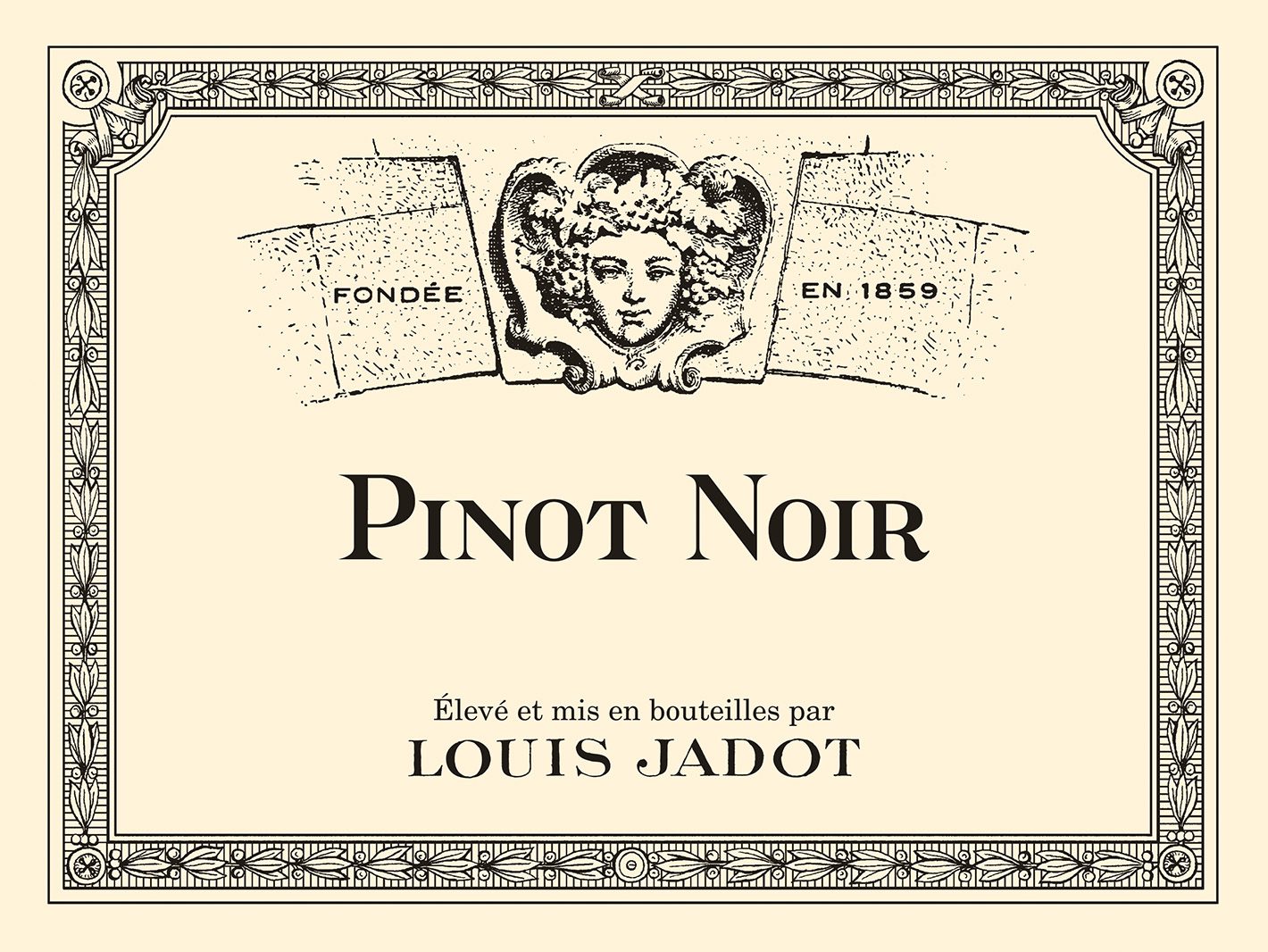
Burgundy, France
Louis Jadot Pinot Noir Bourgogne 2018
About the Winery and Region: Since 1859, Maison Louis Jadot has produced prestigious Burgundies at every level, from the villages varietals to Grand Crus. Located in Burgundy’s Côte d’Or, where the integrity of the producer is often more important than a renowned appellation or vineyard, Maison Louis Jadot is one of the most venerable, trusted, and revered wine houses. Jadot’s winemaking team, now led by Technical Director Frédéric Barnier, maintains a balance of tradition and technology in winemaking that allows Jadot’s wines to express the subtle differences between terroirs that are the essence of fine Burgundy.
About the Wine: Louis Jadot’s Bourgogne Pinot Noir is perfect for the beginner Burgundy drinker. It is not only an affordable red Burgundy but a classic representation of the region. Due to Jadot’s numerous long-term relationships with winegrowers, it guarantees that the highest-quality fruit is sourced annually from vineyards across the Burgundy appellation. To further elevate the quality, Jadot practices réplis, or declassifying some wines of higher appellations, which are then added to the final blend. The wine is divided in half to be aged in French Oak barrels and the other half in vats for 9-16 months before bottling.
Tasting Note: Purple hue with violet glints. This vintage has intense aromas of red and black fruits (cherries, blackberries). Tannins are well integrated and supported by a vibrant freshness in the finish. It is enjoyable in its youth for its vivid red fruit yet will easily age for 5 years to reveal more subtle floral and spice tones.
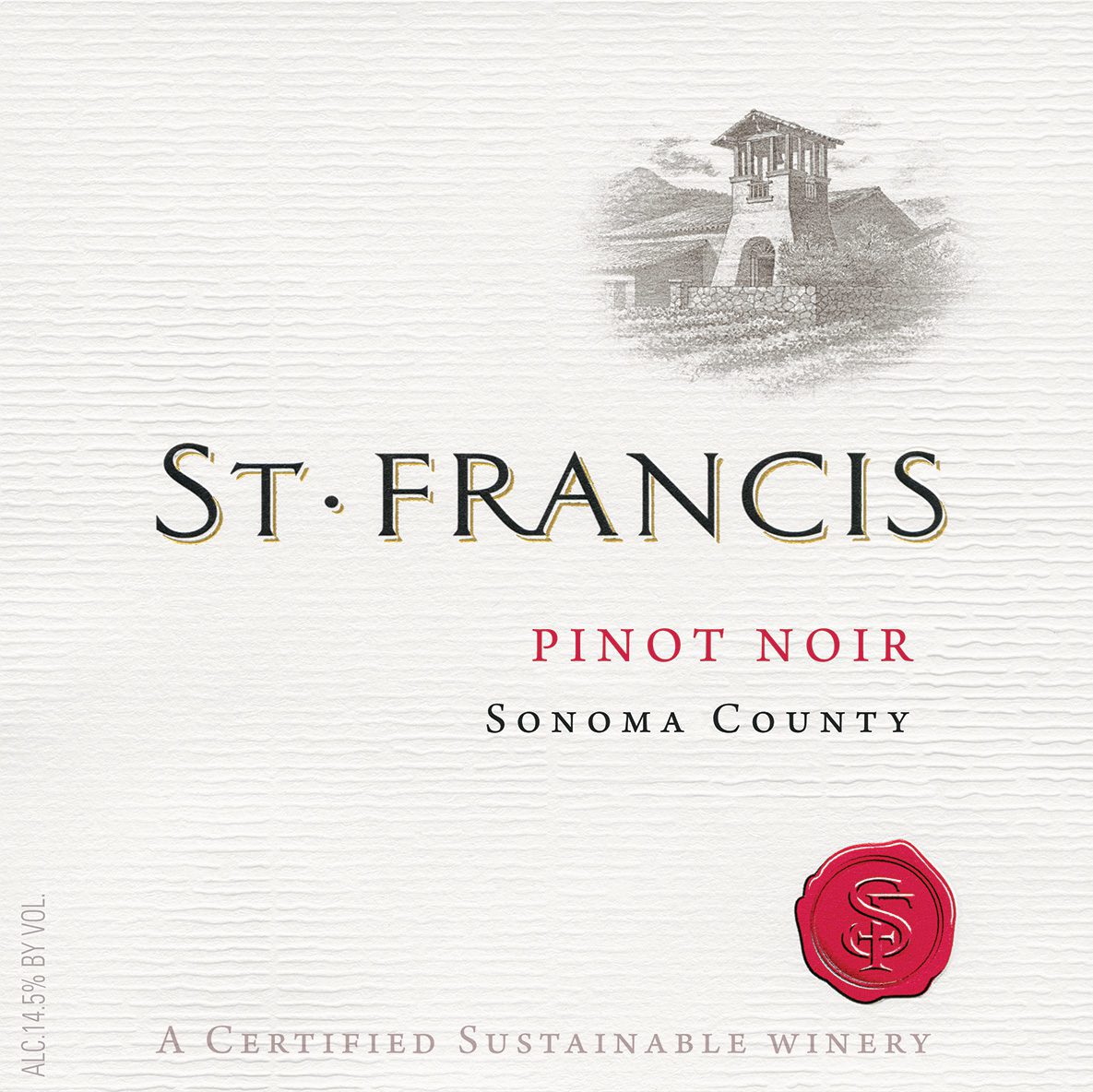
Sonoma County, California
St. Francis Sonoma County Pinot Noir 2019
About the Winery and Region: In 1971, Joe and Emma Martin purchased a 100-acre vineyard known as Behler Ranch in the Sonoma Valley town of Kenwood. The fruit from this vineyard was sold to area wineries until 1979, when a winery was built to produce estate-bottled wine. St. Francis Winery was named after St. Francis of Assisi, patron saint of animals and protector of the natural world. Today, St. Francis owns 415 acres of Sonoma County Estate Vineyards, including the original Behler Vineyard, Wild Oak Vineyard and Lagomarsino Vineyard, and maintains long-term relationships with growers at such acclaimed vineyards as Rockpile Vineyard, Amman Ranch and Monticello. This combined sourcing allows St. Francis access to the region’s top-quality fruit of each variety.
Today, a team of young, dynamic winemakers, Christopher Louton and Katie Madigan, together with vineyard manager Jake Terrell, play an integral role in continuing St. Francis’ success.
About the Wine: St. Francis Winery & Vineyards source their Pinot Noir fruit from the cooler areas of Sonoma County where fog from the Pacific Ocean rolls in at night during the summer, dropping temperatures substantially. This natural air-conditioning allows the grapes to develop deep flavors while retaining natural acidity. To capture the distinct varietal characteristics of each vineyard, the lots are fermented separately starting with a five to ten day cold soak to extract optimal color and flavor. After a long, slow fermentation the wine is racked off into French Oak barrels, 25% new, where it undergoes natural malolactic fermentation followed by aging for ten months before blending and bottling.
Tasting Note: This bright, medium-bodied Pinot Noir shows off an abundance of red cherry and baking spice aromas followed by a burst of flavors with notes of pomegranate, strawberry preserves, fresh raspberry and black tea. This expressive wine has a lengthy finish with a note of toasted nut and orange zest.
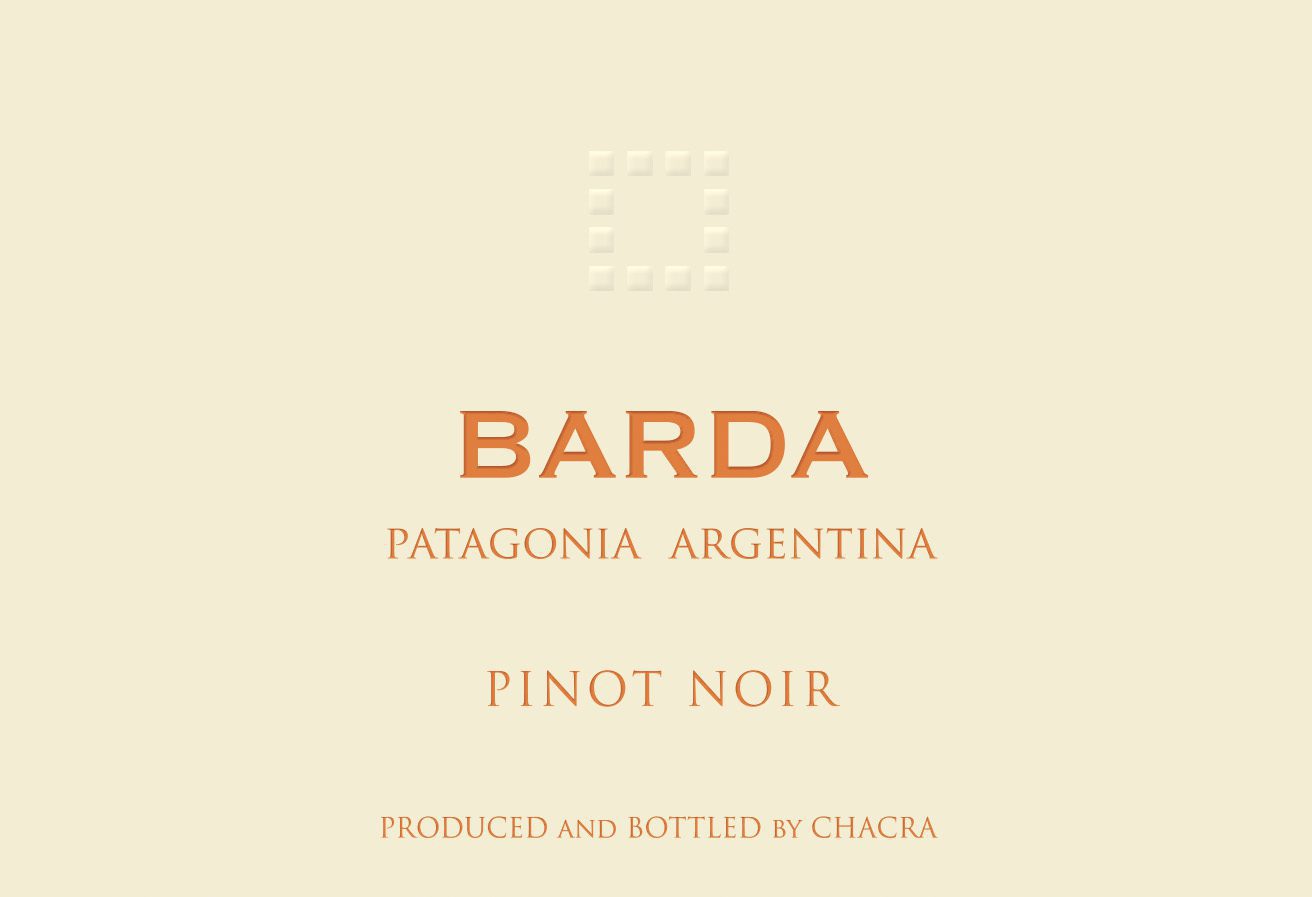
Río Negro Valley, Argentina
About the Winery and Region: Established in 2004 by Piero Incisa della Rocchetta, Bodega Chacra crafts exclusively Pinot Noir wines in the Río Negro Valley of northern Patagonia, in Argentina. The region has an arid climate, but the Río Negro Valley is irrigated through a network of channels excavated in the late 1820s by British colonists, who directed the abundant snowmelt flowing from the Andes, which created an oasis in the middle of the desert. The air is pristine, creating tremendous luminosity and pure sunlight, and the region is protected from vine pests by the constant winds and by the natural barrier of the surrounding desert. Because of this isolation and the desert soils, phylloxera does not thrive here, and vines can be grown on their own rootstocks instead of being grafted, which is thought to produce a greater purity in the fruit. As a result of these remarkable geographical and climatic advantages, Bodega Chacra produces concentrated and complex wines of great purity that express flavors of flowers, fruits and minerals and have notable length.
About the Wine: Barda is 100% Pinot Noir. The fruit is produced at “Treinta y Dos” and “Cincuenta y Cinco” vineyards, with 20-year-old vines. The fruit is hand-harvested with no automated mechanization used at any stage of the production process. The grapes are carefully destemmed and sorted before moving to small cement tanks for maceration with occasional punch-downs to maximize extraction of color, fruit, and tannins. The grapes were fermented with natural yeasts, and the wine was matured for 12 months in French oak barrels before bottling. In addition, it is a 100% Biodynamic and Organic Pinot Noir.
Tasting Note: Smooth with dusty berry, plum, caramel, and spiced aromas and flavors, this Pinot Noir culminates in a composed and satisfying finish.
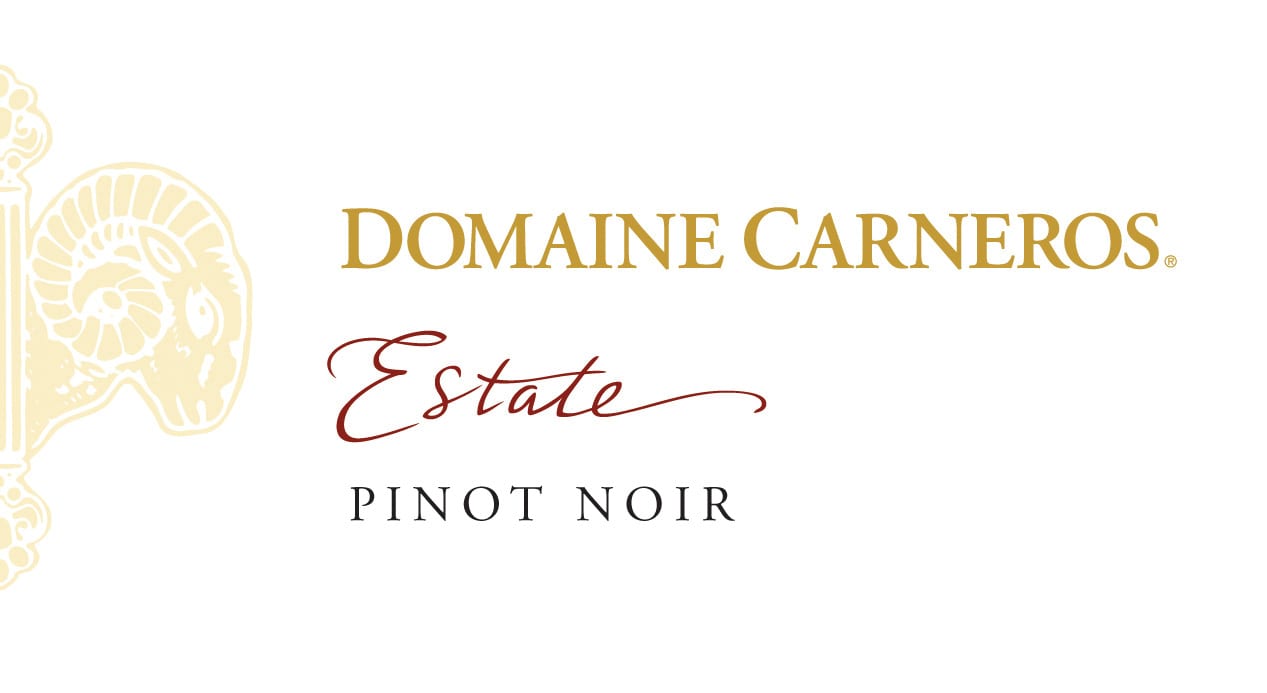
Carneros, California
Domaine Carneros Estate Pinot Noir 2017
About the Winery and Region: Founded in 1987, Domaine Carneros reflects the hallmark of its founder, Champagne Taittinger, in creating a vision of terroir-driven sparkling wine while preserving the quality tenets of traditional method production. Domaine Carneros produces wonderfully unintimidating world-class sparkling wines and still Pinot Noir from estate vineyards, wines that are unique in their delicate, layered flavors, elegant texture and highly awarded quality.
About the Wine: Grapes for the 2013 Estate Pinot Noir were chosen from four different Certified Organic (CCOF) estate vineyards located within four miles of the Chateau. There are 11 clones of the Pinot Noir grape used to contribute to the unique flavor profile and personality of the wine. This makes the wine a more compelling blend, truly showcasing the Carneros terroir. The fruit is gently de-stemmed, leaving whole berries and put into a “cold soak” for five full days prior to fermentation, which took nine to twelve days in small open-topped vats. The fermenting must was punched three times a day to heighten color and flavor development. After pressing off, the finished wine goes directly into French oak barrels where it rests for ten months until bottling.
Tasting Note: Bright pomegranate and poached cherry notes on the nose. Juicy red and darker berry flavors on the palate are backed up by delicate spice notes and supple tannins. This intense, full-bodied wine delivers a silky mouth-feel and a lengthy, warming finish.
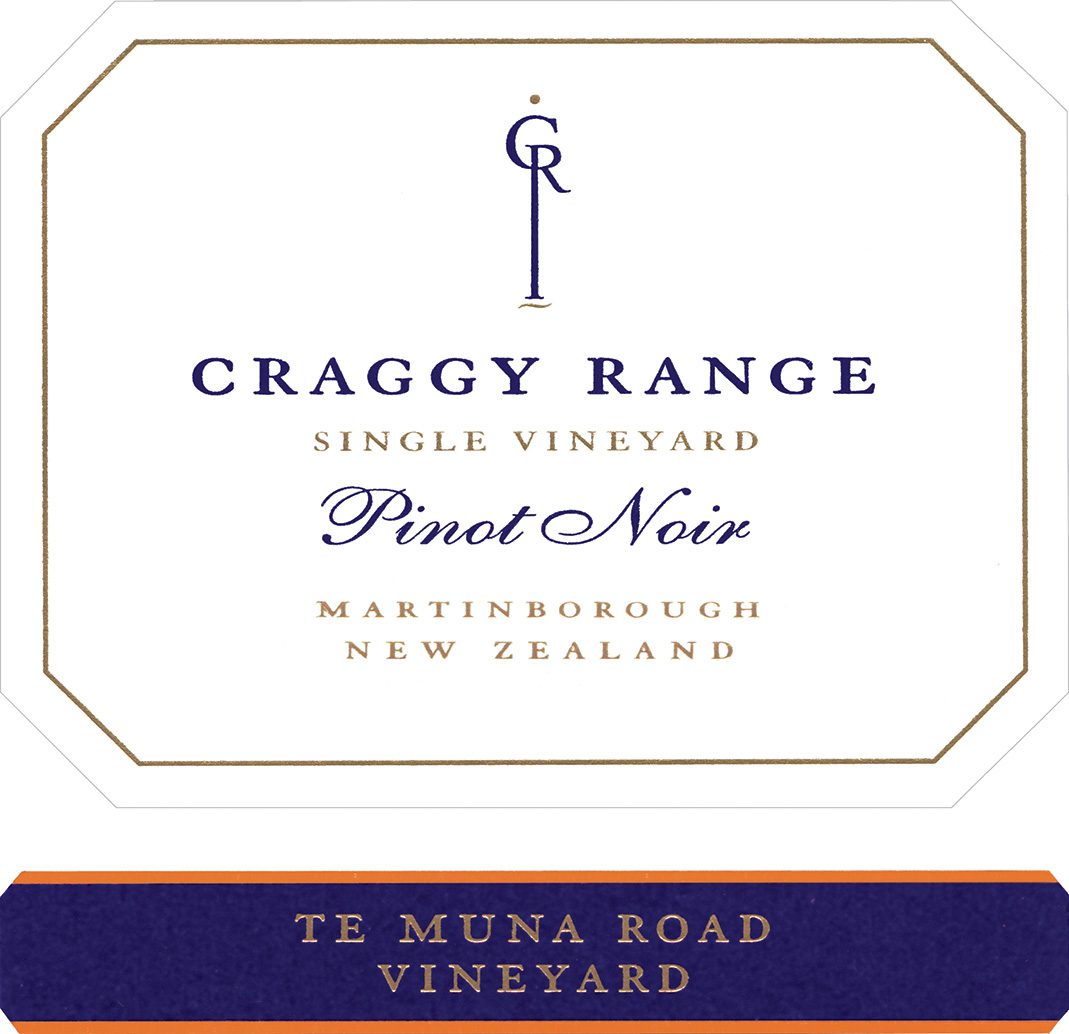 Martinborough, New Zealand
Martinborough, New Zealand
Craggy Range Te Muna Road Pinot Noir 2017
About the Winery and Region: Craggy Range Winery produces exclusively craft single-vineyard, terroir-driven wines, that serve as the benchmark ambassador for high-quality New Zealand wines. Craggy Range’s Te Muna Road Vineyard is located in the cool-climate region of Martinborough. This wine is produced from eight clones of Pinot Noir in more than 40 different parcels. On the vineyard’s two distinct terraces, stony soils produce exceptional Pinot Noir. Grapes are hand-harvested – 60% destemmed, 40% whole bunch; before undergoing fermentation in a combination of open-top stainless steel tanks and French oak cuves. The wine is matured for 11 months in 32% new French oak barriques.
About the Wine: Craggy Range Winery produces beautiful deep brick red colored, single-vineyard Pinot Noirs from the Martinborough wine region of New Zealand. The 2013 vintage had a very kind growing season. A warm and dry spring created rapid early vine growth stages and flowering. Fruit setting conditions were close to ideal with nice and even berry development and moderate bunch sizes established. A warm and dry summer lead to drought which was broken by significant rainfall in early February and mid-March. These events created some fruit stress but the surrounding dry periods kept issues at bay. The harvest took place during a condensed warm and dry period starting on the 30th of March. The Pinot Noir is intense and generous with long fine tannins and strong aging potential.
Tasting Note: Vibrant red cherry with a crimson hue. A complex aromatic array of dark rose, plum, cherry, tree bark, and wooden spices. Supple palate entry with attractive varietal red fruits and lovely tension from the fine tannin profile. A joyful wine that is full of charm.
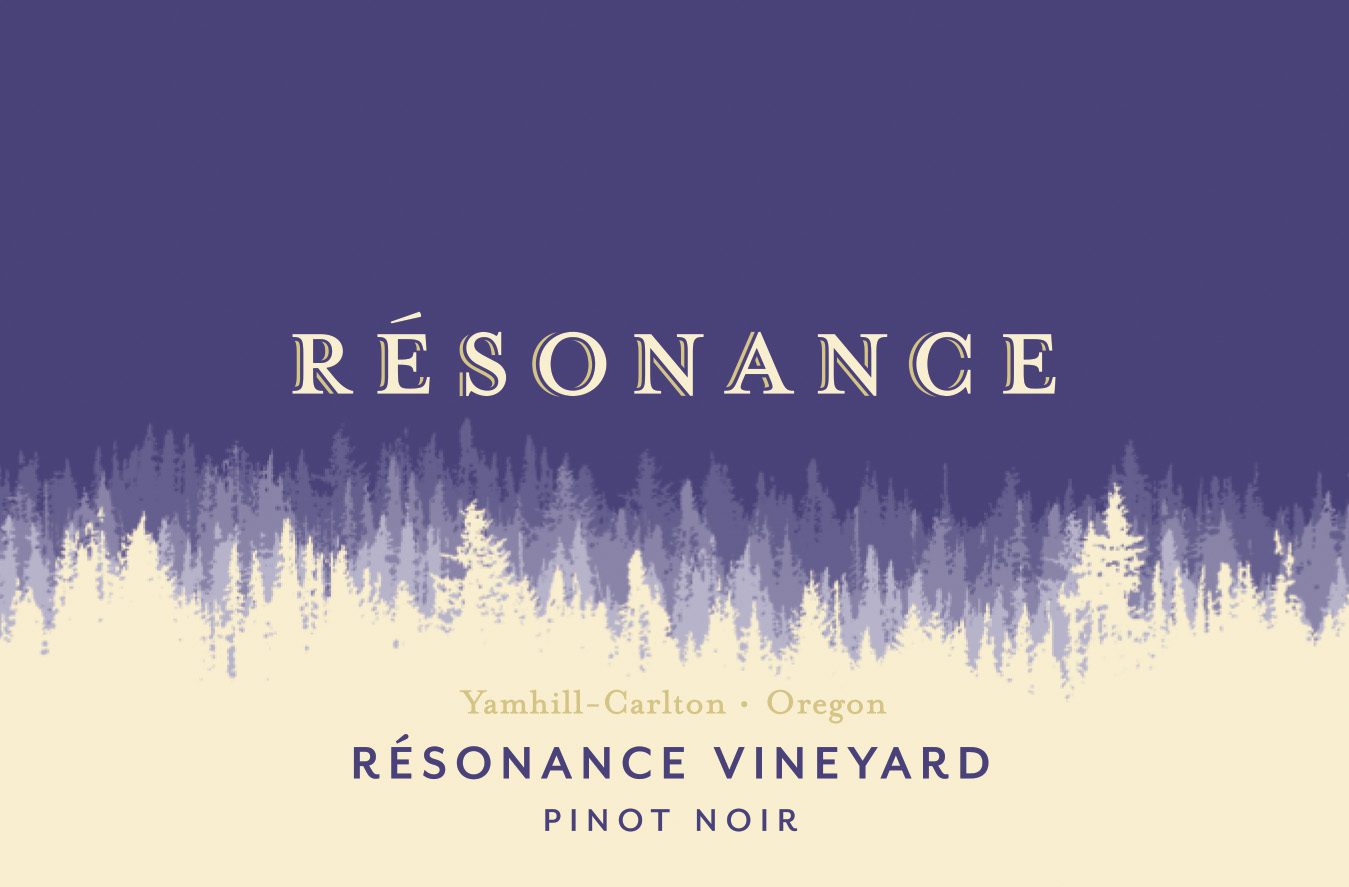
Yamhill-Carlton in Willamette Valley, Oregon
Résonance Vineyard Pinot Noir 2017
About the Winery and Region: Résonance is Maison Louis Jadot’s first wine project outside of Burgundy, France, since their founding in 1859. Pinot Noir wines were the debut release from the beautiful, tree-lined Résonance Vineyard, in the Yamhill-Carlton wine region. Created from un-grafted vines first planted in 1981, this single-vineyard bottling shows the elegance and complexity Oregon Pinot Noirs are famous for.
About the Wine: Located in the Yamhill-Carlton AVA, Résonance Vineyard wine is produced exclusively from the estate vineyard. The wine elegantly blends Maison Louis Jadot’s winemaking with Yamhill-Carlton’s signature terroir. It has well-structured tannins and minerality.
Tasting Note: An intense color with nice red hues. The nose is complex, with notes of black cherry, blond tobacco, black truffle, violet flowers, and noble essences of wood. The palate reveals a perfect harmony between the tannic structure and the aromatic complexity, while the minerality gives a vibrant finale, suggesting a long life.
Step 3. Taste and taste again!
“To have a well-rounded understanding of Pinot Noir, one needs to taste wines from each of the major regions as often as possible. One should also taste Pinot Noir within Burgundy as often as possible to discover the subtle nuances between the different villages which is an education itself. Warning: Once you taste a great bottle of Burgundy, you will spend the rest of your life (and a lot of dollars) finding another bottle just like it. There’s a reason why Pinot Noir is often referred to as the “heartbreak grape,” concludes Bernard Sun.
If you’d like to get started exploring Burgundy, here are Top Burgundy Regions to Know.
Let us know how your at-home horizontal tasting went in the comments section. Cheers!
